L'Hôtel del Coronado
![]() L'Hôtel del Coronado
L'Hôtel del Coronado
La péninsule et la Baie de San Diego
Article en ligne sur america-dreamz.com
Chacun connaît "Certains l'aiment chaud", tourné en 1959 par Billy Wilder : déguisés en femmes, Tony Curtis et Jack Lemmon se joignent à une troupe de musiciennes où Marilyn Monroe chante et joue du ukulélé. Des frimas de Chicago, un train les emmène vers le soleil de Floride, où ils animeront les soirées d'un hôtel de luxe.
Le soleil, les cocotiers, la mer... Pourquoi aller chercher tout cela sur l'autre rive du continent, lorsqu'on a des studios à Hollywood ? Billy Wilder n'eut que 200 kilomètres à faire : il tourna le film sur la Coronado Peninsula. Tous les éléments du décor étaient réunis dans cette banlieue de San Diego : plage blonde, vue sur le large, palmiers... et l'un des plus beaux hôtels des USA, "The Del" !
Une architecture unique (02/03)
L'Hotel del Coronado offre à ses clients près de 700 chambres, trois bars, deux salons de thé, six restaurants, plus de vingt boutiques et cinq salles de conférence, dont la plus grande couvre 1100 m2. Romantique et luxueux, séparé du Pacifique par une simple plage de sable, c'est l'une des plus grandes structures de bois des Etats-Unis et l'élégance de son architecture vaut à elle seule de traverser la baie.
Ouvert en 1888, il acceuillit des personnages aussi connus que Charlie Chaplin, Charles Lindbergh, Théodore Roosevelt, une dizaine d'autres présidents américains et nombre d'acteurs et chanteurs célèbres. On dit même que serait née ici une passion aux conséquences durables pour la monarchie anglaise : Edouard, prince de Galles, y aurait fait la connaissance de Wallis Simpson. Devenu Edouard VIII, il dut abdiquer moins d'un an après son accession au trône, sous la pression de la famille royale et des politiciens : sa liaison avec une divorcée choquait. On inventa pour lui le titre de Duc de Widsor et son frère, père d'Elizabeth II, monta sur le trône sous le nom de Georges VI. Edouard et Wallis se marièrent, furent heureux, mais n'eurent aucun enfant.
La voiture des lifeguards (02/03)
Le rêve américain est-il seulement de s'enrichir ? N'entreprend-on que pour l'argent ? Elisha Babcock en avait suffisamment pour ne rien faire et s'occuper de sa santé, qu'il était venu soigner ici. Pourtant, à peine rétabli, il s'était remis aux affaires. Assis en compagnie de son ami Hampton Story, il eut la vision d'un hôtel de luxe, sur la lande où, le matin même, ils avaient chassé le lapin. Cette longue bande de sable délimite la Baie de San Diego : elle servait de pâture, où les bestiaux erraient en liberté, enfermés par les eaux.
"Continuons de bâtir un lieu où les gens viendront bien après notre mort", dit-il quelques années plus tard.
Il dut laisser place à un autre, mais son rêve fut réalisé au-delà de toute espérance.
Babcock et Story partaient de zéro : ils trouvèrent des associés, fondèrent une société. Celle-ci acheta la péninsule et l'île qui la prolonge, North Island. Pour 1695 hectares de lande inutile, 110 000 dollars pouvaient sembler beaucoup : c'était peu en rapport du prix des terrains en ville ! La première ligne de chemin de fer venait d'arriver de Los Angeles : en deux ans, la population de San Diego passa de 5 000 à 35 000 personnes ! Le prix de l'immobilier s'envola.
Sur la presqu'île, il n'y avait rien. La Coronado Beach Company fit amener l'eau, par des tubes immergés, débroussailler, lotir, poser les rails d'un chemin de fer urbain et mit les terrains en vente : dès la première journée, les 110 000 dollars étaient remboursés. Restaient à financer les travaux d'aménagement, la compagnie de ferries créée pour traverser la baie, et la construction de l'hôtel, commencée le 19 mars 1887. Onze mois après le début des travaux, "The Del" ouvrait ses portes : il avait coûté un million de dollars.
L'été précédent, un yacht était venu. Son propriétaire, John Spreckels, fils d'un magnat du sucre et beau-frère d'Alma de Bretteville, lui-même propriétaire d'une grosse société de transports, se prit d'affection pour la petite villle. Les hommes d'affaires locaux, Bacock comme les autres, ne s'étaient pas privés d'en faire l'éloge à cet investisseur potentiel : son climat très doux, l'arrivée soudaine de cette population nouvelle, son port naturel offraient d'énormes possibilités de développement ! Spreckels acheta et modernisa le réseau de transports urbains, la compagnie des eaux, celle des ferry-boats et deux compagnies de chemin de fer, mais ne vint s'y installer avec sa famille qu'après le grand tremblement de terre de San Francisco. En 1889, il acheta les parts de Story, un tiers du capital de la compagnie puis, lorsque Babcock, à court de trésorerie, ne put lui rembourser un prêt, il devint propriétaire de la presqu'île et tout ce qu'elle contenait. Il la dota d'une piscine, de courts de tennis, d'un terrain de golf, de salles de danse...
On est en pays anglo-saxon : trois ans après l'ouverture, l'hôtel avait son spectre, celui d'une jeune femme trouvée morte sur les escaliers descendant à la plage. Elle avait occupé la chambre 3312 : devenu directeur, Babcock, ne la louait que lorsque tout était complet. Aujourd'hui, les chasseurs de fantômes viennent y passer une nuit, dans l'espoir d'obtenir une image de l'ectoplasme.
Les riches venaient passer quelques jours au "Del", ou quelques semaines. La classe moyenne avait pu s'offrir un bout de terrain sur la presqu'île. Jamais à court d'idées, Spreckels compléta le dispositif par un village de tentes, à louer pour un week-end, une semaine, un mois ou l'année. Principal moyen de transport de l'époque, le train construit par Elisha Babcock et ses associés passait dans la rue principale, avec ses coups de sifflet et ses jets de vapeur. Au fil des ans, les occupants permanents, en quête de confort, aménagèrent leur résidence et l'on vit naître, ici ou là, des maisons de planches plus personnelles, mieux adaptées à la vie quotidienne. Mais aucun occupant n'était propriétaire de son terrain : Tent City disparut en 1939, bientôt remplacée par les appartements de luxe des Coronado Shore Towers.
Les condominiums ont remplacé Tent City (02/03)
La destruction de San Francisco avait été marquante : pour résister le mieux possible aux séismes et aux incendies, Spreckels fit construire sa maison de San Diego en béton armé. Initialement constituée de six chambres, trois salles de bain, un séjour, une salle à manger et une bibliothèque, elle possédait, luxe suprême, un ascenseur ! Organiste amateur, son propriétaire ajouta une salle de musique de 75 m², puis un solarium. John Spreckels mourut en 1926 : considérablement agrandie par ses propriétaires successifs, sa demeure est devenue Glorietta Bay Inn, hôtel moins huppé que son voisin mais tout de même assez cher. Tous deux furent promus monument historique en 1977. Quelques centaines de mètres au nord, les visiteurs les plus curieux peuvent voir en photo les étapes de la colonisation de la presqu'île au Coronado Beach Historical Museum.
Ni le prix des chambres, ni le fantôme de Kate Morgan ne rebutent la clientèle : on vient au "Del" ! Et si vous voulez vous mettre pour quelques heures dans la peau de Marilyn Monroe, l'établissement propose une panoplie de mariage avec répétition, maître de cérémonie, grands salons, restaurants, chambres de luxe et plage devant la pelouse. Mais les formalités sont plus compliquées en Californie qu'au Nevada, et ce rêve de mariage américain plus difficile à accomplir qu'à Las Vegas...
Dès le XIXme siècle, l'armée avait choisi ce port comme base pour le Sud-Ouest. L'aéronavale occupa "North Island" en 1917 et bâtit un pont pour relier l'île à la péninsule. Après de longues réticences, John Spreckels accepta de vendre une partie de ses terrains à la Navy. La Seconde Guerre Mondiale ne fit qu'amplifier cette présence militaire : depuis, une base amphibie s'est établie quelques kilomètres au sud de l'aéronavale. Ces quelques dizaines de milliers de militaires contribuèrent au développement de la petite commune et, malgré les restructurations drastiques de la fin de la Guerre Froide, demeurent un apport conséquent pour l'économie de la région.
L'un des deux porte-avions stationnés dans la baie (02/03)
Malgré cette population nombreuse et ses allées-venues quotidiennes entre la presqu'île et le continent, les ferry-boats restèrent longtemps le seul moyen pratique de traverser la baie : le détour par la route, au ras de la frontière mexicaine, demande beaucoup de temps. L'été 1969, pour le bicentenaire de la fondation de San Diego,, Ronald Regan, alors gouverneur de Californie, inaugura le premier pont à enjamber la baie. Long de plus de deux kilomètres, très élégant, il s'achève par un virage à 90° : cette surlongueur était le seul moyen de l'élever suffisamment pour laisser passer les porte-avions sous sa travée centrale. Le macadam repose directement sur le tablier d'acier, dont la portée principale, sur plus de 200 mètres, s'élève 59 mètres au-dessus de l'eau. Parasismique, il peut absorber des mouvements de près d'un mètre. Contrairement à ce qu'on fait en France, une fois l'ouvrage amorti, le péage fut supprimé, une trentaine d'années après sa mise en service.
"The Del", Bay Bridge et Shore Towers (02/03)
Le tourisme est un moteur puissant : la ligne de ferries, rendue inutile par la mise en service du pont, rouvrit après 18 ans d'inactivité ! Le débarcadère offre une des meilleures vues sur les immeubles de Downtown San Diego, et retient les visiteurs grâce à son complexe de restaurants et de magasins. On peut même y louer une bicyclette, pour visiter la péninsule sans souci du stationnement.
Quant au nom de Coronado, il ne doit rien à l'explorateur dont les soldats furent les premiers Européens à voir le Grand Canyon : il ne vinrent jamais ici. Sebastian Vizcaïno, croisant au large le 8 novembre 1602, crut voir quatre îles. Conforme à la tradition espagnole, il leur donna le nom du saint du jour. Ils étaient quatre ! Tailleurs de pierre chrétiens du IIIme siècle, ils avaient été martyrisés par les Romains pour avoir refusé de fabriquer des idoles.

/image%2F1211268%2F20240315%2Fob_782fd3_banner-mm-2024-03-spring-5.jpg)
/image%2F1211268%2F20240410%2Fob_40c4f9_blog-gif-mm-niagara-1-3.gif)
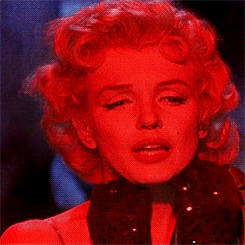
/image%2F1211268%2F20240417%2Fob_0b0d56_2024-03-lee-mexique.jpg)
/https%3A%2F%2Fstorage.canalblog.com%2F19%2F65%2F312561%2F91436129_o.jpg)
/https%3A%2F%2Fstorage.canalblog.com%2F57%2F63%2F312561%2F127743382_o.jpg)
/https%3A%2F%2Fstorage.canalblog.com%2F98%2F05%2F312561%2F84823731_o.jpg)
/https%3A%2F%2Fstorage.canalblog.com%2F01%2F63%2F312561%2F84814201_o.jpg)
/https%3A%2F%2Fstorage.canalblog.com%2F66%2F21%2F312561%2F82823948_o.jpg)
/https%3A%2F%2Fstorage.canalblog.com%2F32%2F31%2F312561%2F124125043_o.jpg)
/https%3A%2F%2Fstorage.canalblog.com%2F31%2F08%2F312561%2F71448014_o.jpg)
/https%3A%2F%2Fstorage.canalblog.com%2F34%2F90%2F312561%2F81829009_o.jpg)
/https%3A%2F%2Fstorage.canalblog.com%2F18%2F35%2F312561%2F61120383_o.jpg)
/image%2F1211268%2F20240410%2Fob_9f471d_blog-gif-mm-syi-1.gif)



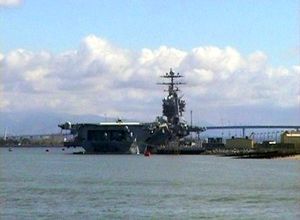




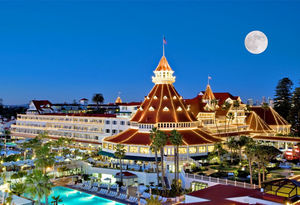












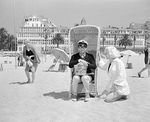










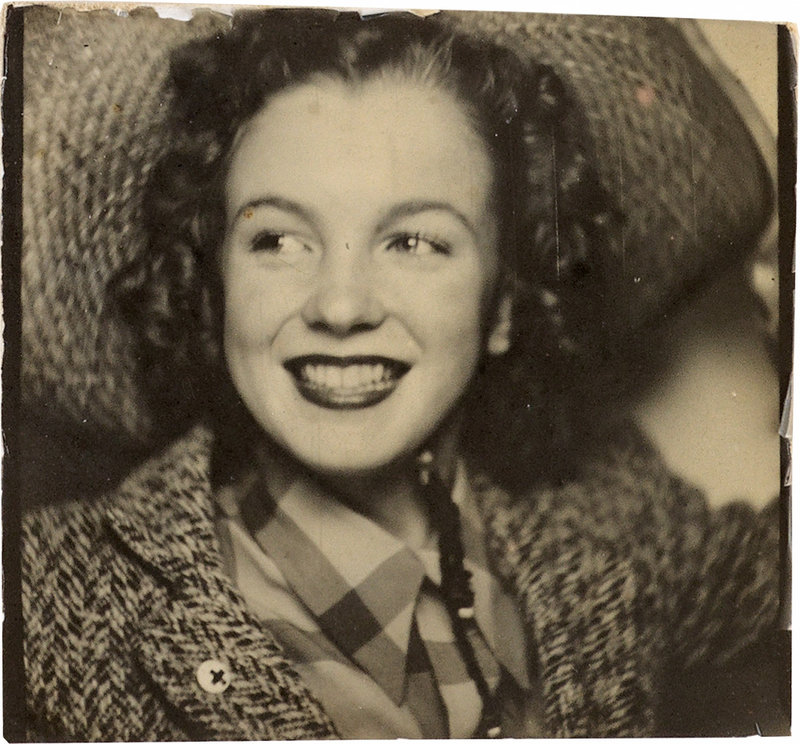
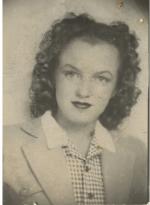



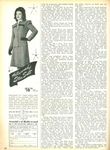


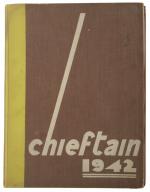
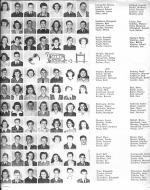

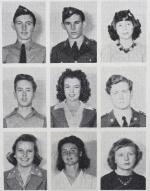

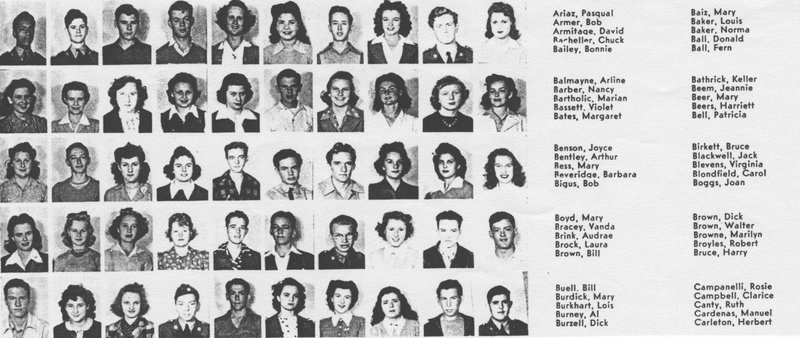






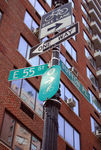











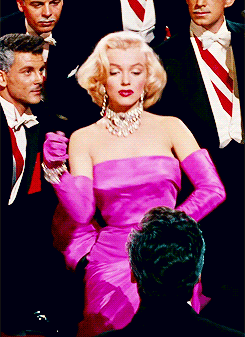
/image%2F1211268%2F20240229%2Fob_66f2c6_tag-mm-public-martin-lewis-show-1.png)
/image%2F1211268%2F20240410%2Fob_07cb4a_blog-gif-mm-stern-1.gif)
/image%2F1211268%2F20240229%2Fob_143453_blog-gif-video.gif)
/image%2F1211268%2F20240301%2Fob_735dec_blog-liens-culture.jpg)

/image%2F1211268%2F20240302%2Fob_e11252_blog-liens-friends-jane.gif)